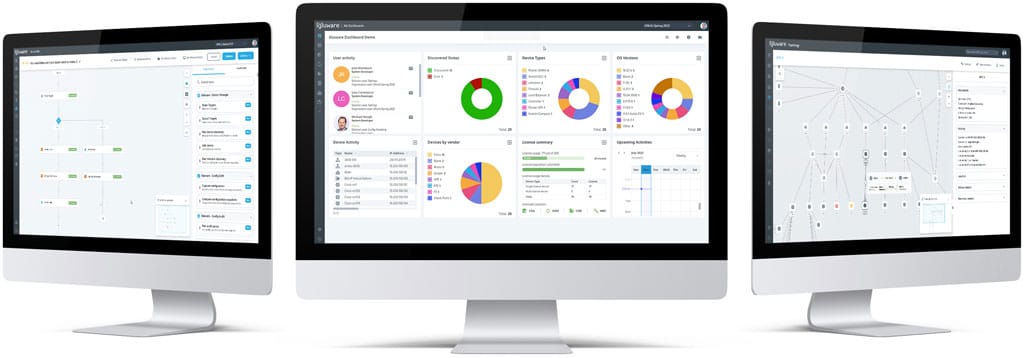
These are real outcomes from real Gluware customers.
Join Michael Haugh, VP of Product Marketing at Gluware, and Rich Bibby, Technical Advocate at NetBox, as they explore the power of the Gluware and NetBox integration and walk you through a live demo showcasing how it all works in action.
Join Michael Haugh, VP of Product Marketing at Gluware, where he will discuss the new features and capabilities in the Gluware 5.7 release, including updates and enhancements.
Topics Include:
"*" indicates required fields
"*" indicates required fields
Gluware, Inc.
500 Capitol Mall, Suite 2350
Sacramento, CA 95814
1-916-877-8224
sales@gluware.com
For general inquiries info@gluware.com
support.gluware.com
support@gluware.com
US: 1-855-458-3822
UK: 0808-134-9906
Australia: 1-800-987-824
NZ + 0800-005-106
Support Portal
"*" indicates required fields